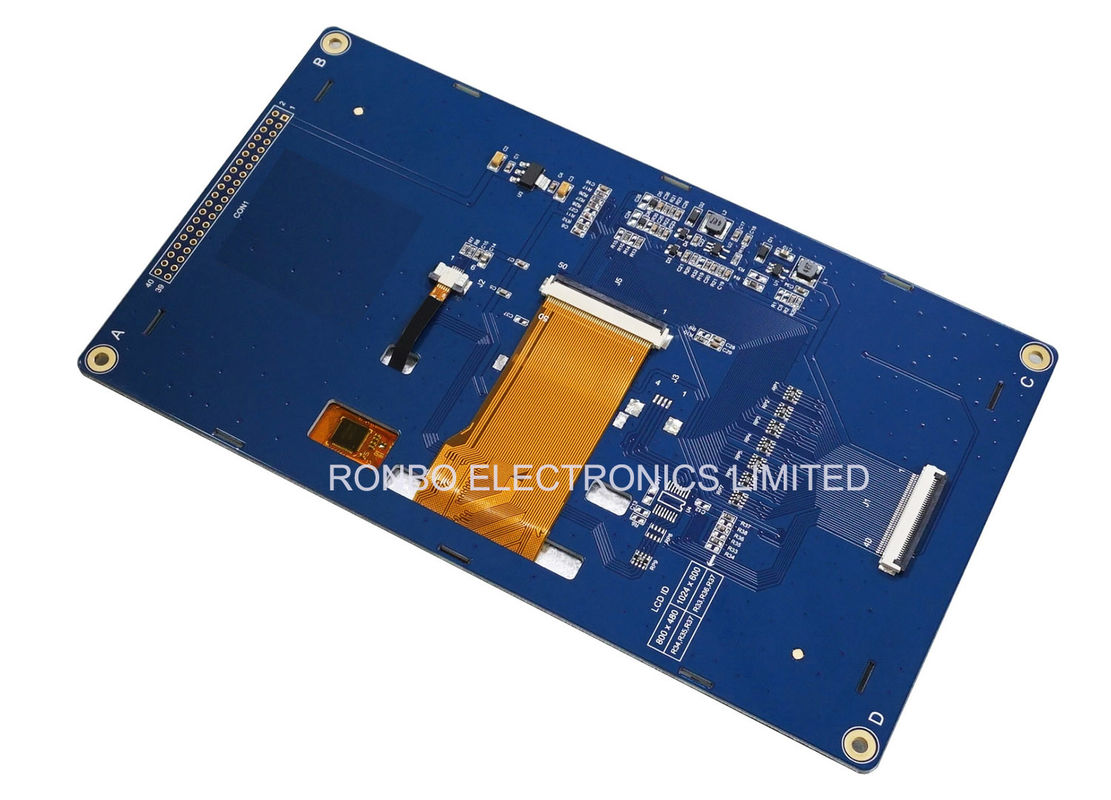

(Set the internal 'Chip Select' signal.)

#Ssd1963 stm32 driver software#
Fortunately, we can ignore all of that by using a software ‘Chip Select’ signal (the SSM flag) and leaving it ‘high’ to permanently enable communication (the SSI flag): // Set the STM32 to act as a host device. And to avoid unnecessary complexity, it is also a good idea to tell the STM32’s SPI peripheral not to use its hardware CS pin – just like the ILI9341 has a CS (‘Chip Select’) pin which tells it whether it should listen to the clock/data lines, I think that the STM32 has a similar CS signal which tells it whether to read/write, called NSS in the datasheets. Next, we need to tell the peripheral that the STM32 will be the one initiating communications by setting its MSTR flag. RCC->APB2RSTR &= ~(RCC_APB2RSTR_SPI1RST) Finally, pins A12 and A15 are mapped to CS and RST respectively: // Define GPIOB pin mappings for software '4-wire' SPI. As long as the MISO pin is not configured as ‘alternate function’, the peripheral will ignore it and we can use pin B4 as a normal GPIO pin. Pin B4 is mapped to MISO, but I’ll use it as a general-purpose output to drive the D/C pin on the TFT. I’ll use pin B3 for SCK and pin B5 for MOSI. There are actually multiple sets of pins mapped to the SPI1 peripheral, even on the 32-pin STM32xKx chips. The only difference with using the hardware peripheral is that we should configure the MOSI and SCK pins as ‘alternate function’ with high-speed output. To power the SSD1331 display in my previous tutorial, we configured all of the pins as ordinary push-pull outputs as a quick refresher, we’ll use the SCK (Clock), MOSI (Data output), CS (Chip Select), D/C (Data or Command?), and RST (Reset) pins. With the peripherals powered on, we need to set up the GPIO pins used for communicating with the screen.

RCC->APB2ENR |= RCC_APB2ENR_SPI1EN Step 1: GPIO Setup

As in previous STM32 posts, I will use the device header files provided by ST for basic peripheral variable definitions, and determine the target chip from definitions passed in from the Makefile: #ifdef VVC_F0 In this case, that’s just GPIOA, GPIOB, and SPI1.
#Ssd1963 stm32 driver code#
And as with my previous STM32 posts, example code will be provided for both the STM32F031K6 and STM32L031K6 ‘Nucleo’ boards.Īs with most STM32 projects, the first thing we should do is enable the peripherals that we will use. This tutorial won’t read any data from the display, so we can use the hardware peripheral’s MISO pin for other purposes and leave the TFT’s MISO pin disconnected. We’ll cover the basic steps of setting up the required GPIO pins, initializing the SPI peripheral, starting the display, and then finally drawing pixel colors to it. Technically this isn’t a ‘Nucleo’ board, but the code is the same. An ILI9341 display being driven by an STM32F0 chip.


 0 kommentar(er)
0 kommentar(er)
